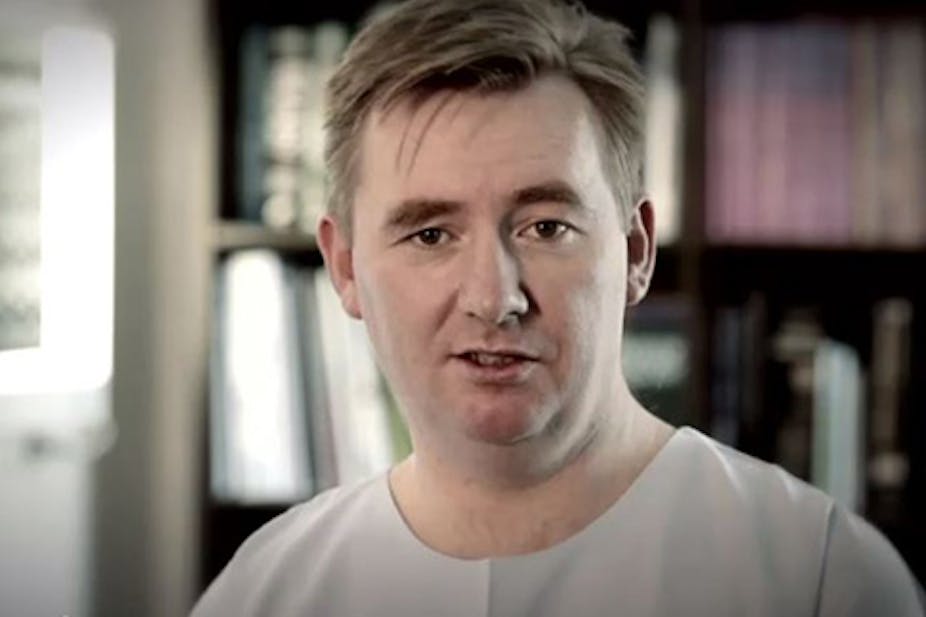New Australian Medical Association president Brian Owler has warned the budget’s $7 co-payment will particularly hit the “working poor”, while the squeeze on states’ hospital funding will affect “frontline clinical services”.
As the AMA national conference, meeting in Canberra over the weekend, called for urgent talks with the government “to overhaul” the co-payment, treasurer Joe Hockey said he did not believe the government should compromise on the measure although “that will be up to the parliament”.
“Labor introduced a co-payment in 1991 which they said at the time was to address the visits to the doctor which averaged at that time four visits,” Hockey told Sky. “Now it is up to 11 visits according to the Commission of Audit and we have no co-payment.” One was needed to make the system sustainable.
The government will face attack over the co-payment and other controversial budget measures when parliament resumes tomorrow. But Labor confirmed that it will not try to block the budget’s deficit levy on high income earners, which is now assured of passage through the Senate. ALP leader in the Senate Penny Wong told the ABC: “We will not stand in the way of that levy.”
Owler, a Sydney neurosurgeon, said that for low income people who were not eligible for a concession there was no cap and the cost could quickly mount up if there were multiple services.
He instanced a young woman presenting with a breast lump, who could face nine separate co-payments, totalling $63, for the various GP, mammogram, biopsy, and pathology items she needed. “Now that’s a lot.”
“For practices that may be in an area that is low socio economic status, where people really have problems with the co-payments, it is going to hit those practices really hard,” he told The Conversation.
“Doctors are also going to be under enormous pressure to waive the co-payment for people they see and know that they can’t really afford the money, and so it will be the doctor who wears the cut.
"It’s not the doctor’s role to institute social policy.”
He said the Hockey claim of an average of 11 visits to the doctor a year was an over-estimate. “Not too many go to their GP 11 times a year. It would probably be a better thing for their health if they did.”
In NSW the Bureau of Health Information had released a figure that said about 15% did not access health care or fill a script or deferred health care because of a financial cost.
“So we already know there are people deferring their health care because of financial reasons and that number is likely to increase.”
He noted the AMA had never been against co-payments per se and many of its doctors already charged one.
Owler said that it was true, as the government maintained, that it was increasing funds to public hospitals.
“But under the national health reform agreement that was in place there was a commitment to fund 50% of the growth funding from the Commonwealth.
"The government has pulled out of that agreement and from 2017 funding to public hospitals is going to be based on CPI and population growth.”
This would be a long way short of the normal 6-7% annual increase in state hospital budgets.
“Our states and territories, particularly our smaller states just don’t have the economies to be able to provide the shortfall in the funding. So at the end of the day that has to affect frontline clinical services and it has to affect their ability to train the new doctors coming through and the specialists of the future as well.”
Asked on Network Ten what financial hit a woman with cancer cited by opposition leader Bill Shorten would take from the co-payment, Health Minister Peter Dutton said it would be up to the doctor.
“The doctor could still make a decision to bulk bill that patient, or the doctor could charge a $7 co-payment, up to the maximum $70 over the calendar year.” There was “plenty of support for people in this situation in the system” and it might be she wasn’t out of pocket at all. “We will wait to see the decisions that doctors make.”
He defended all the saving to the government from the co-payment going into a new medical research fund not just on the grounds of the value of research but also because this area was “a huge multiplier in the jobs market”.
Listen to the newest Politics with Michelle Grattan podcast with new AMA President Brian Owler here.

